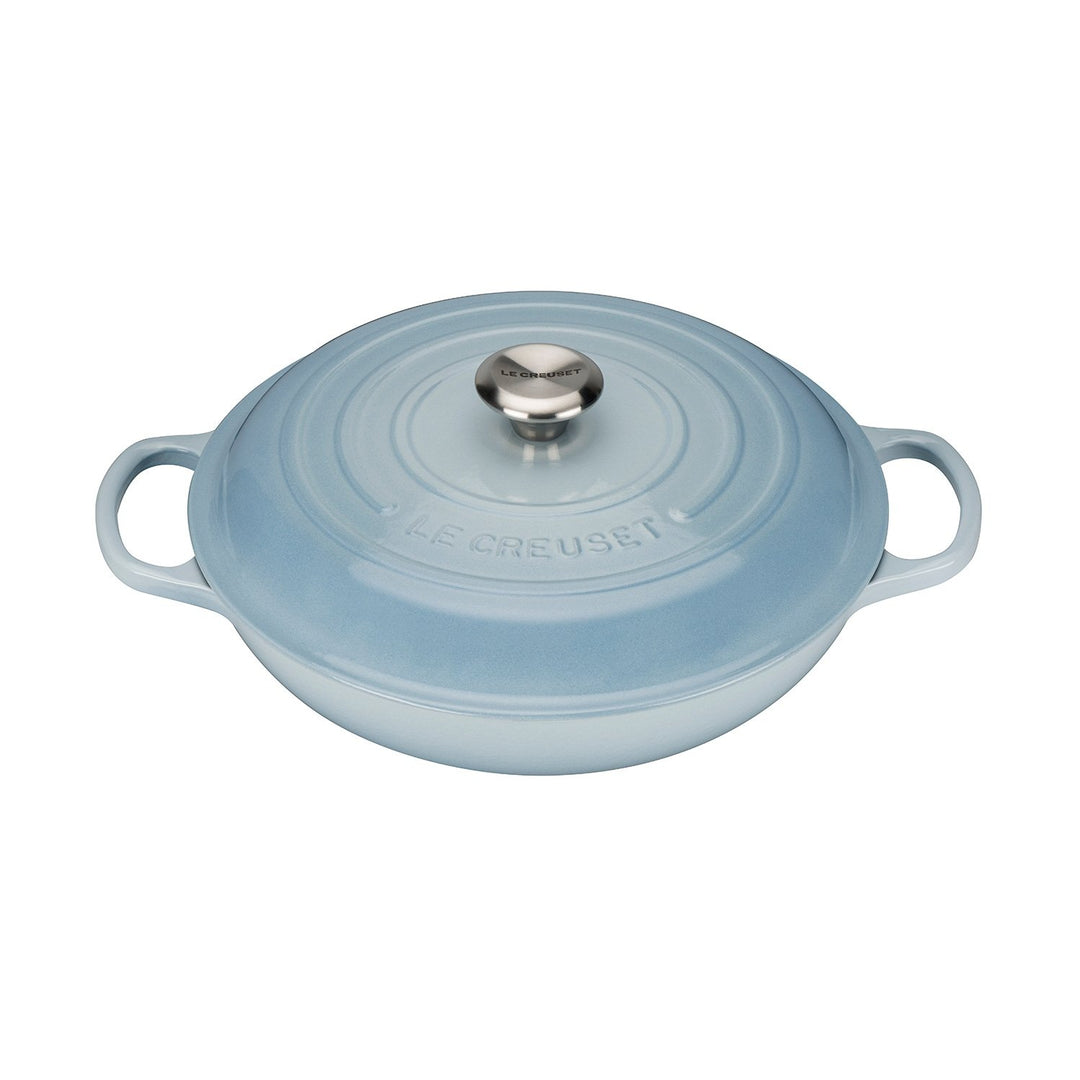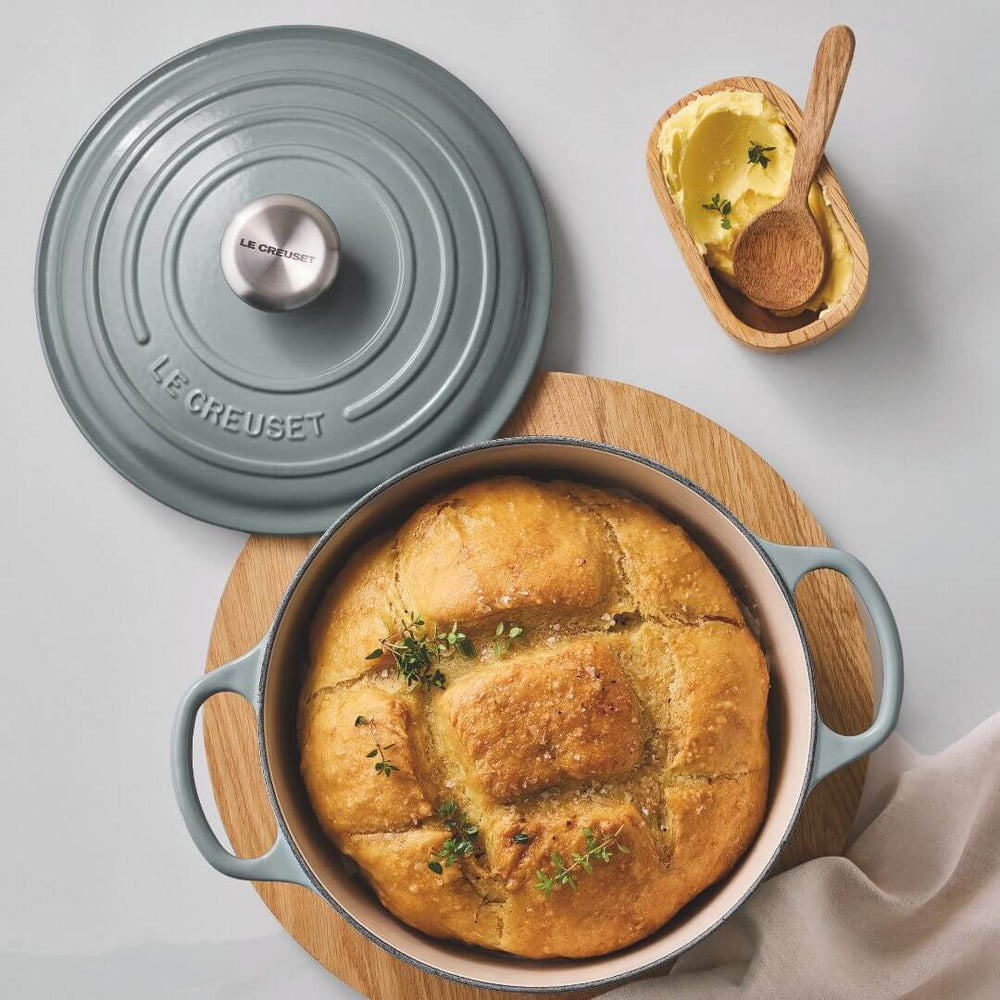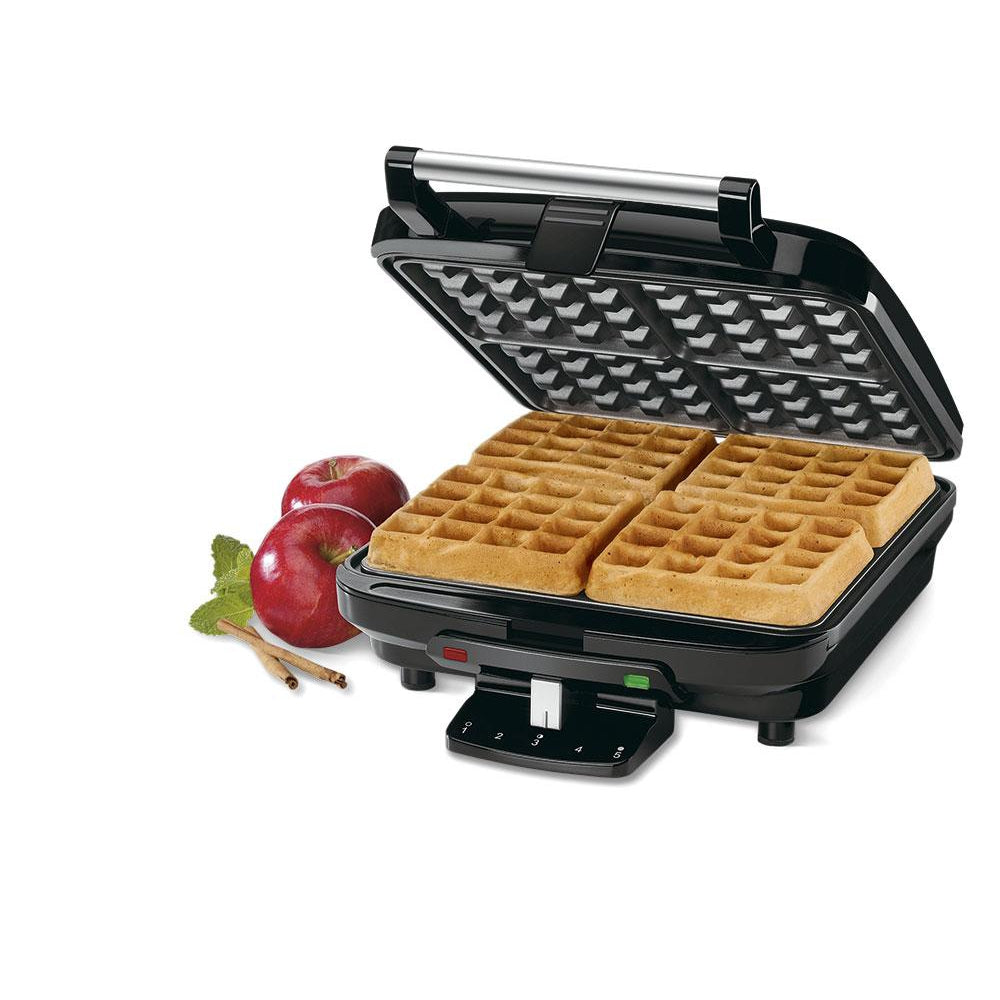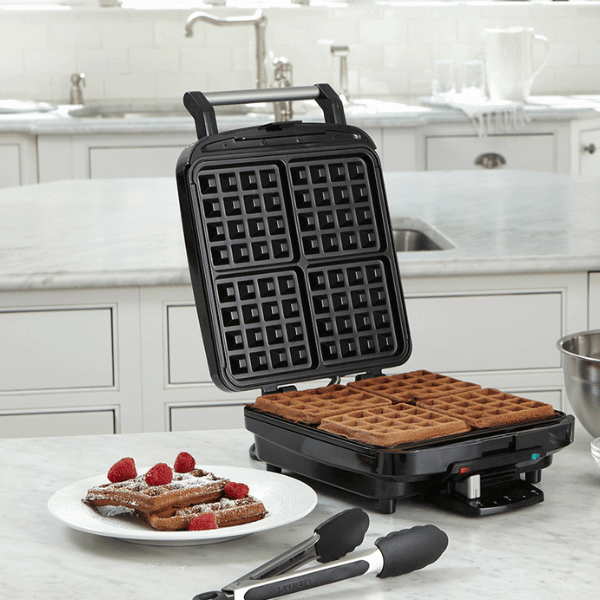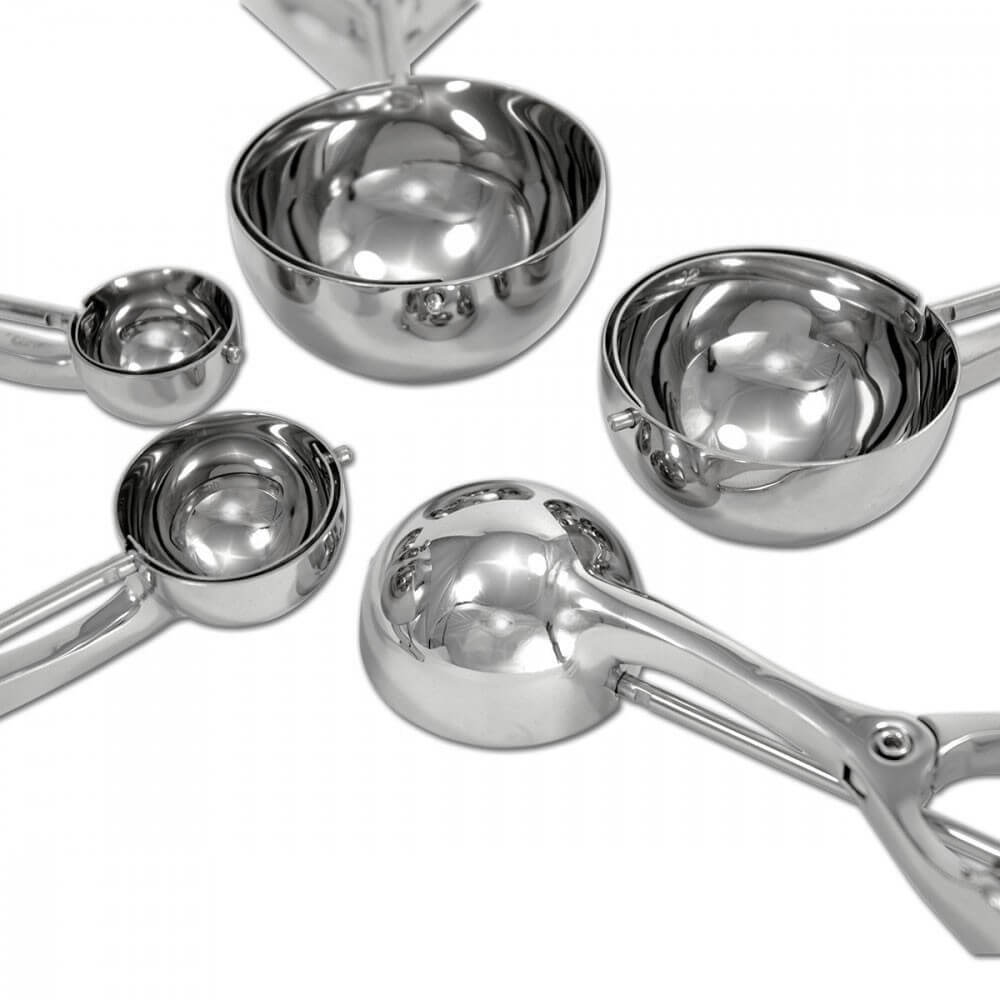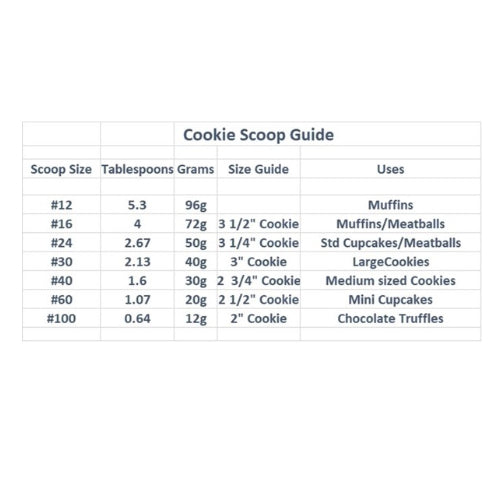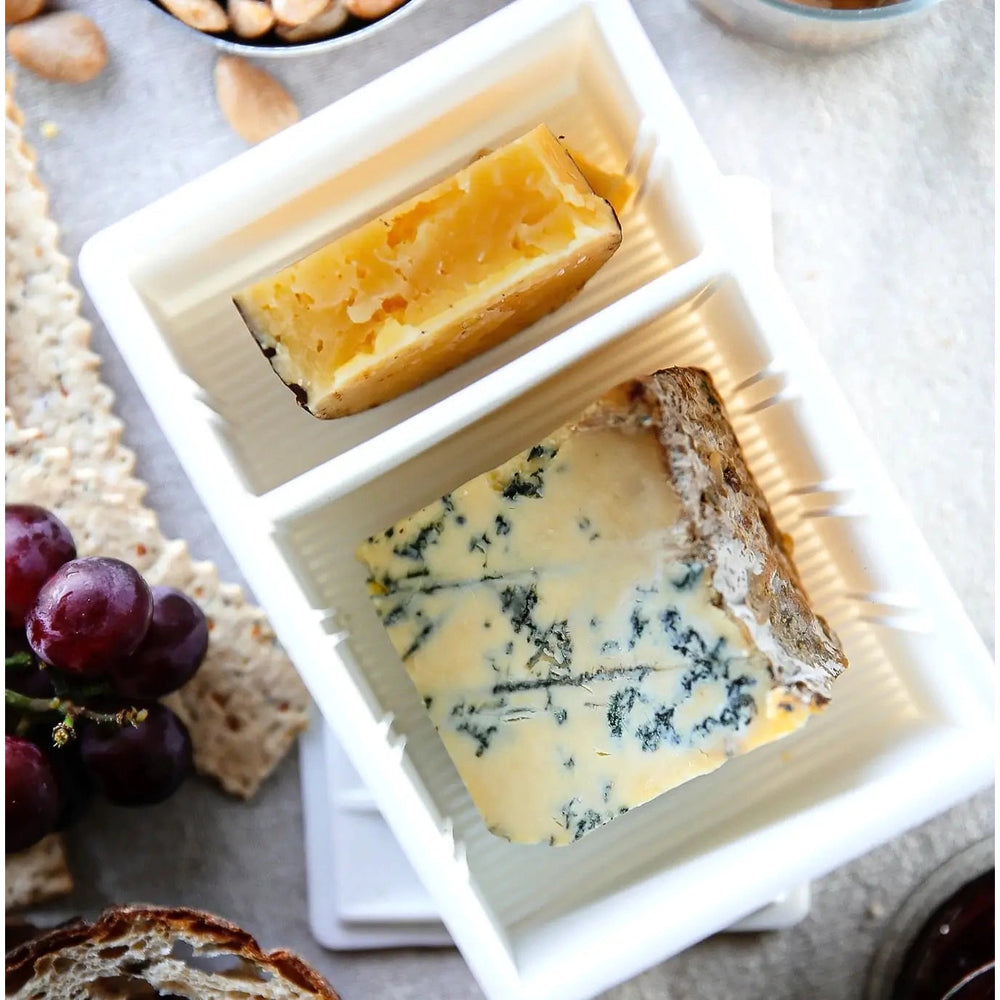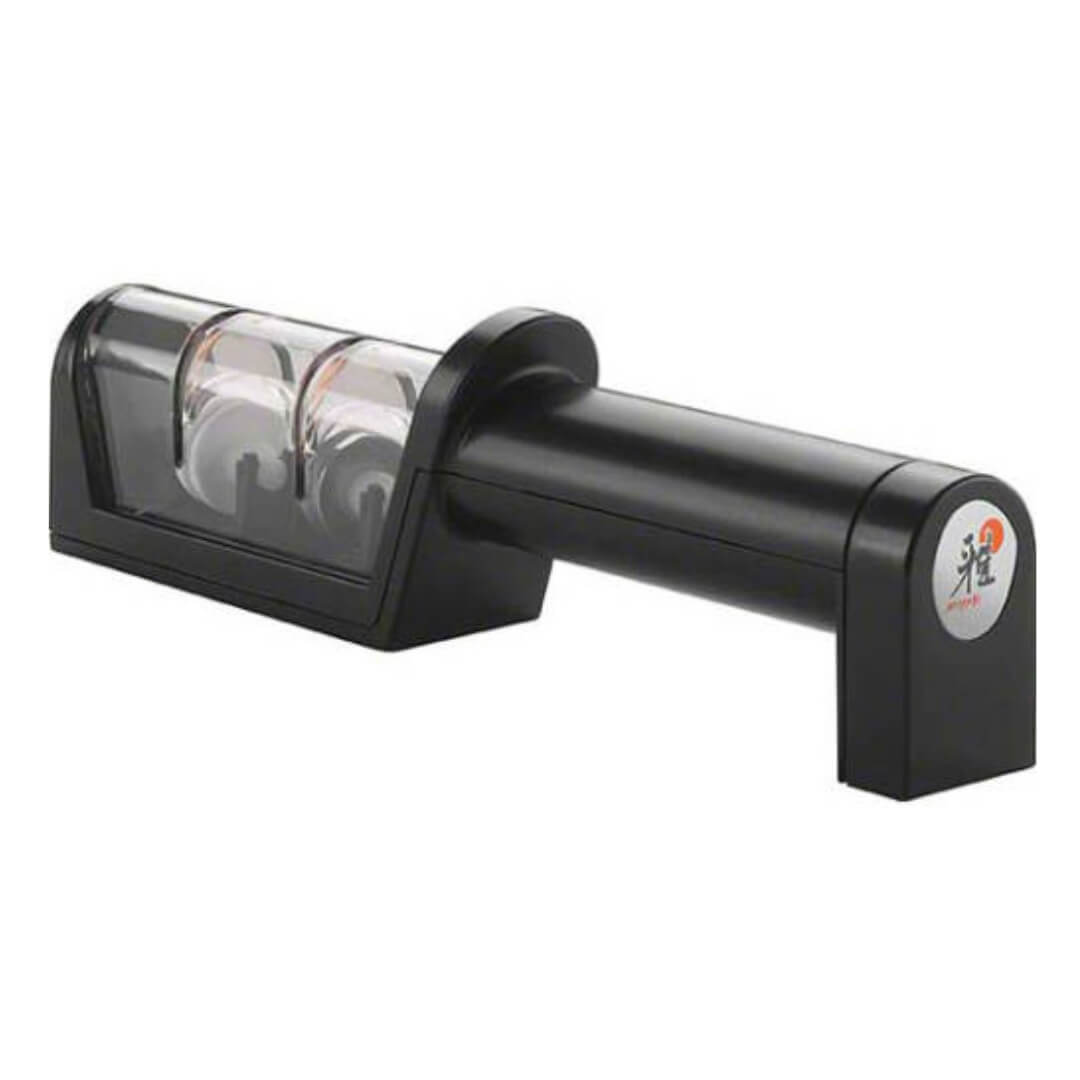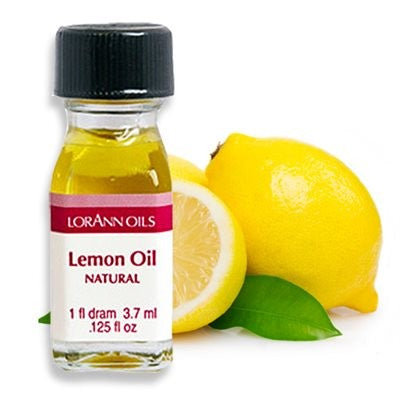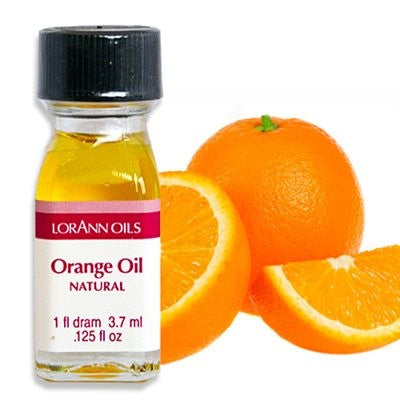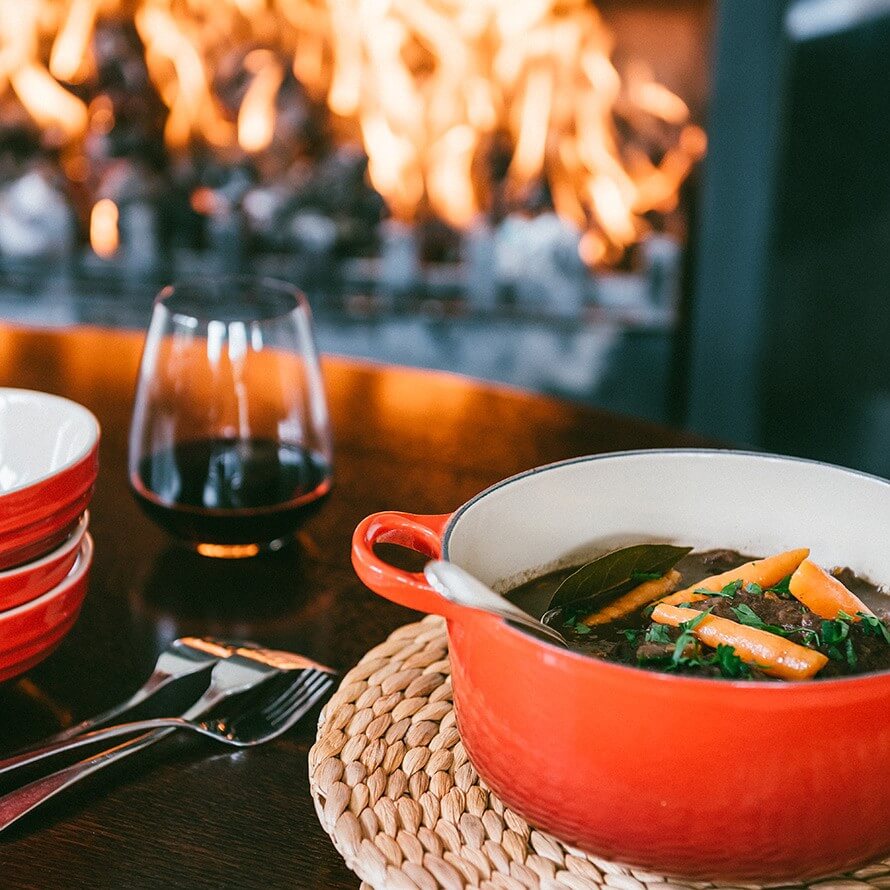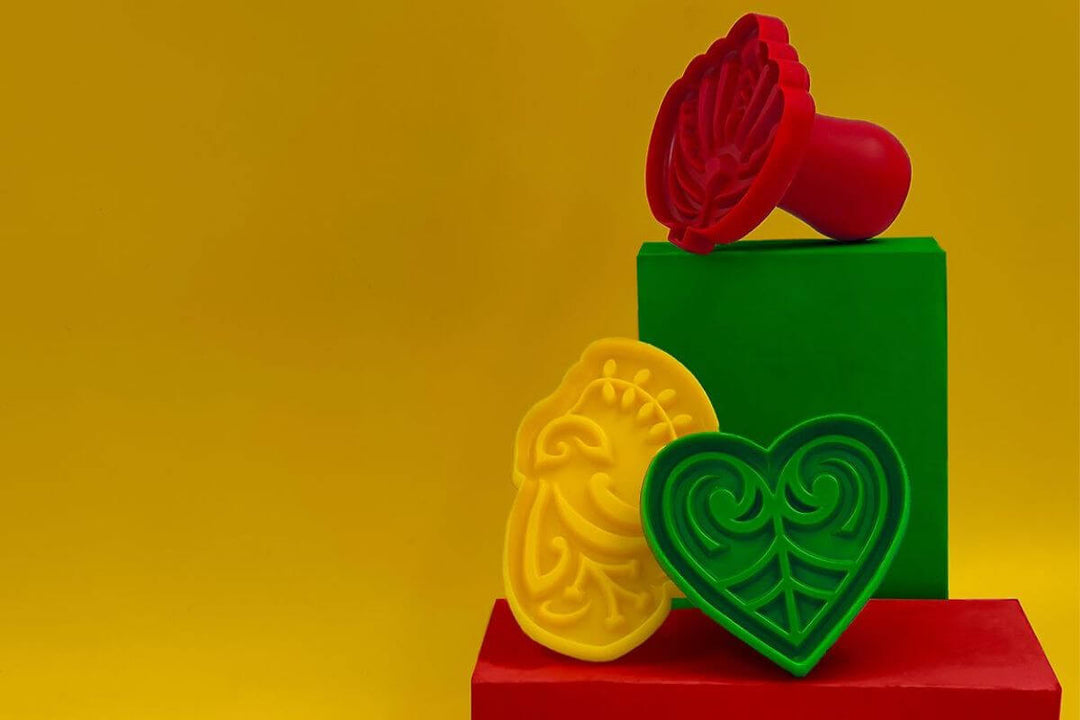Milly's 101: How to Braise
Nothing is more French in home cooking than braising (the word itself is French! “braiser”). To braise in the most basic term, is to lightly sear and then to stew slowly in a closed container. The technique was birthed out of breaking down tough tissue and collagen in more affordable cuts of meat using heat, time, and moisture to leave the meat tender and succulent. Braising relies on some basic steps and once those are covered, you’ll be able to do it again and again, whilst experimenting with different meats, aromatics and liquids.
Sear
Choose meats, choose CHEAP! Move aside pork chops and steaks, time to let the beef chuck and lamb shoulder shine. If you see a cheap cut that also has a bone in it, definitely go for that - the bone will impart flavour into the braising liquid.
Heat a heavy pot or dutch oven on the stove top at medium-high, add your well-seasoned meat and brown on every side. Remove and set aside.
Saute Aromatics
The classic mirepox (onion, celery and carrot) is a staple but once you get more comfortable branch out, use ginger for a fresh spice, mushroom for a deep earthy flavour, or zest of a citrus fruit to add a crisp perfume to the stew.
Now saute your aromatics in the left behind drippings from searing the meat. Aim for the same caramel brown colour as the meat, stirring frequently so to not scorch the vegetables.
Deglaze
For a braising liquid, most common are stocks and/or wine but there are many other options (there’s nothing stopping you from combining two together either!). If you are going for a stock, match the broth to the protein if you can, but chicken stock is universal. Wine adds acidity and a subtle edge to the stew, white or red but preferably dry and something you would drink (so you can have a glass while its in the oven). Beer can be used, light lager for a white meat and darker ales/stouts work well with red especially beef. Even just water can be used if you wanted to keep things light and there are stronger flavours at play.
Deglaze the pan by adding your braising liquid, stirring and scraping up any bits that have stuck to the bottom and these bits will break down enriching the entire dish.
Braise
Return the meat to the pot, placing on top of everything else. The braising liquid and any other additions should not submerge the meat, roughly a third should be in the broth. Bring the liquid to simmer, cover and then slide into an oven preheated at 160 degrees celsius. Braise for 1 to 5 hours, depending on the size of the meat (roughly figure an hour for every 500 grams of meat).
Tips
Add extra vegetables - if your recipe suggests to add vegetables or you want extra, add them into the pot 45 minutes before the meat is done. Add a splash more of the braising liquid, then return to the pot.
Gravy - when the meat is tender, remove it and any vegetables. Skim any fat off the surface, then simmer until you’ve got a rich gravy sauce.
Enamelled cast iron heats evenly and retains temperature well.


